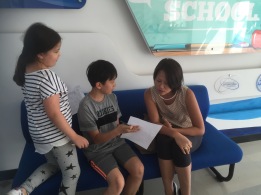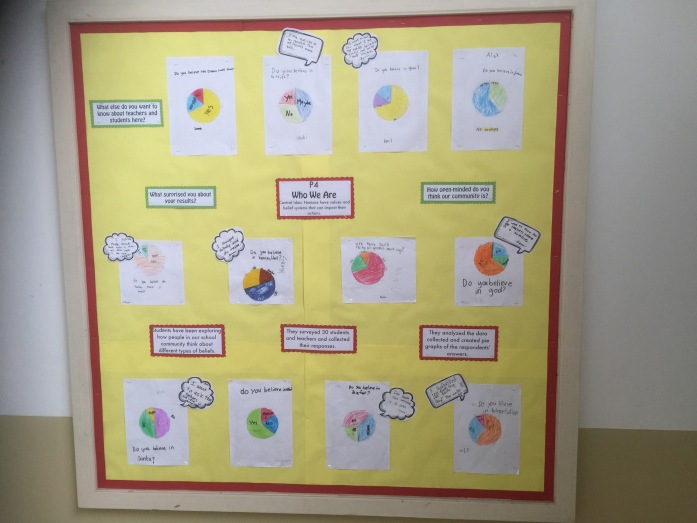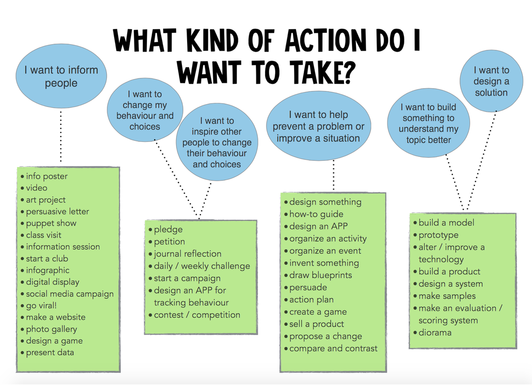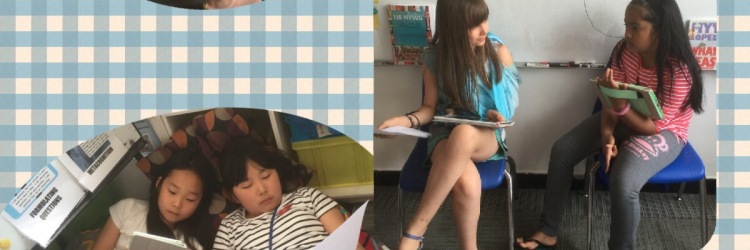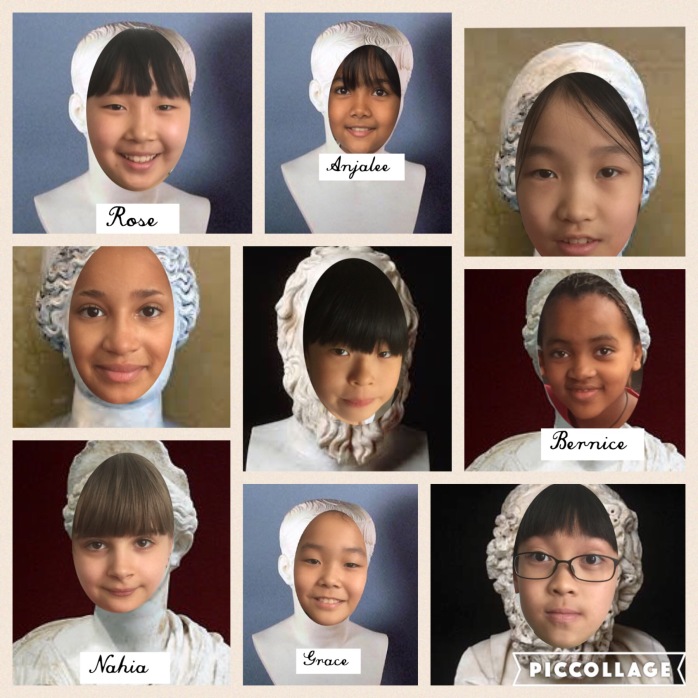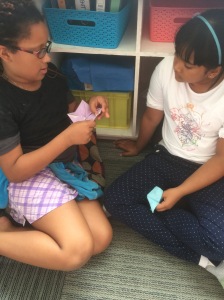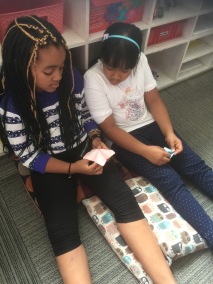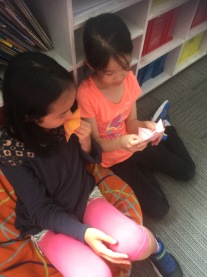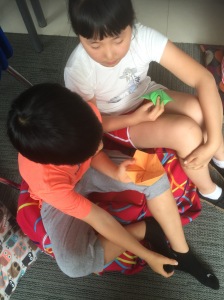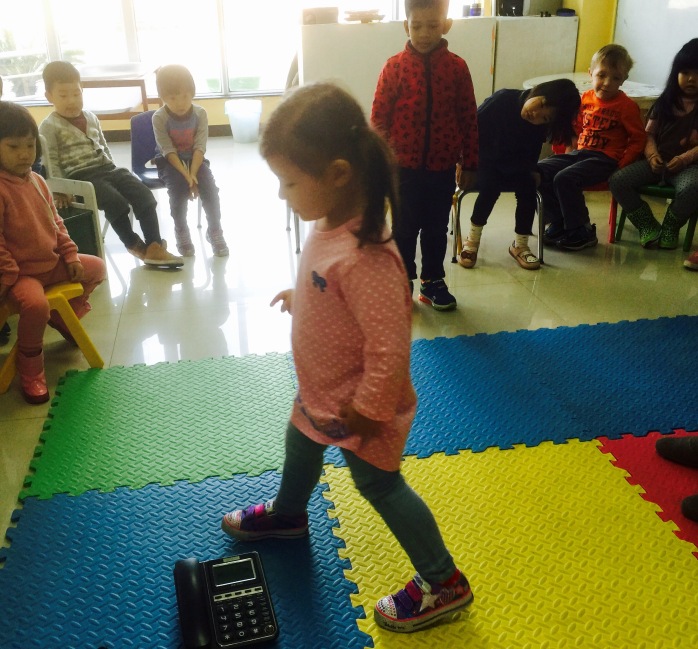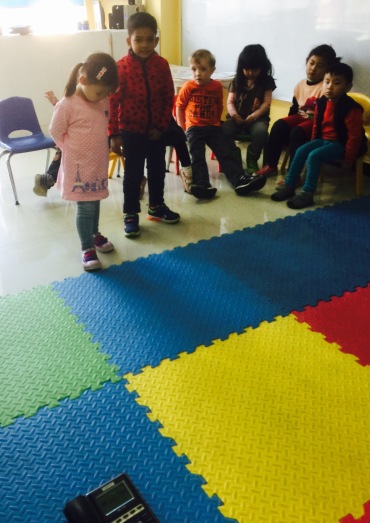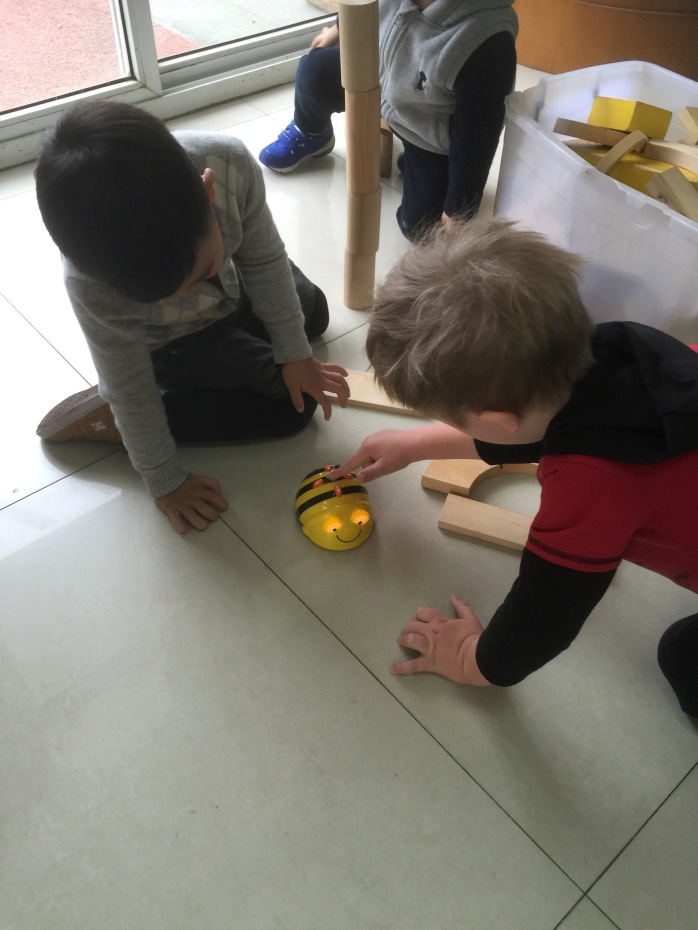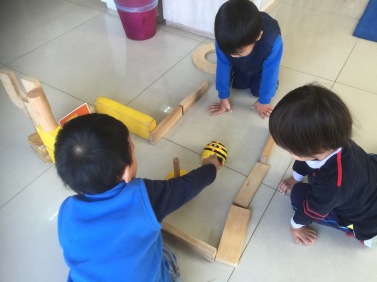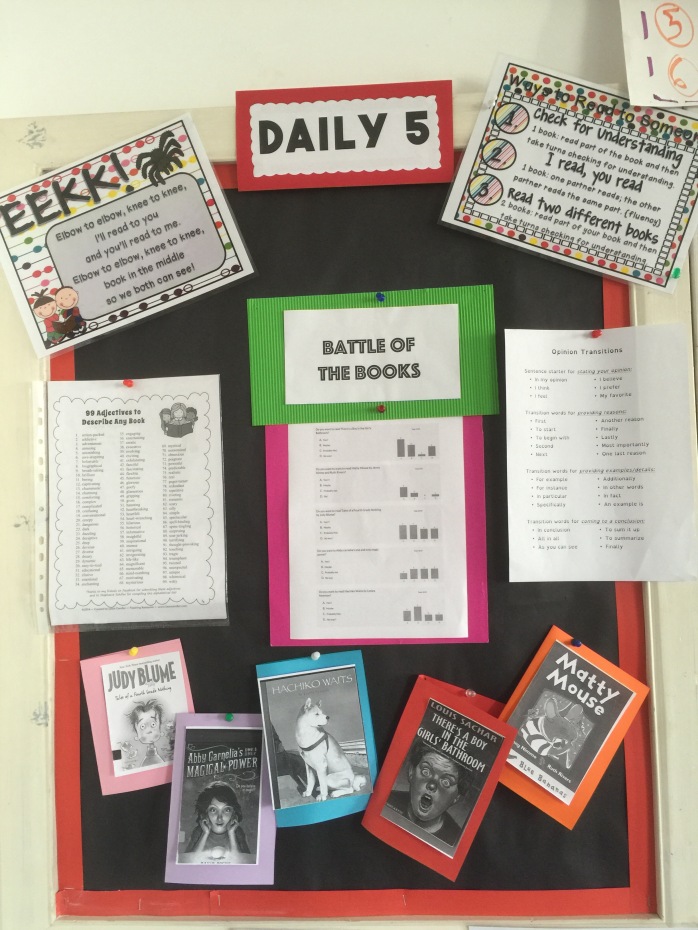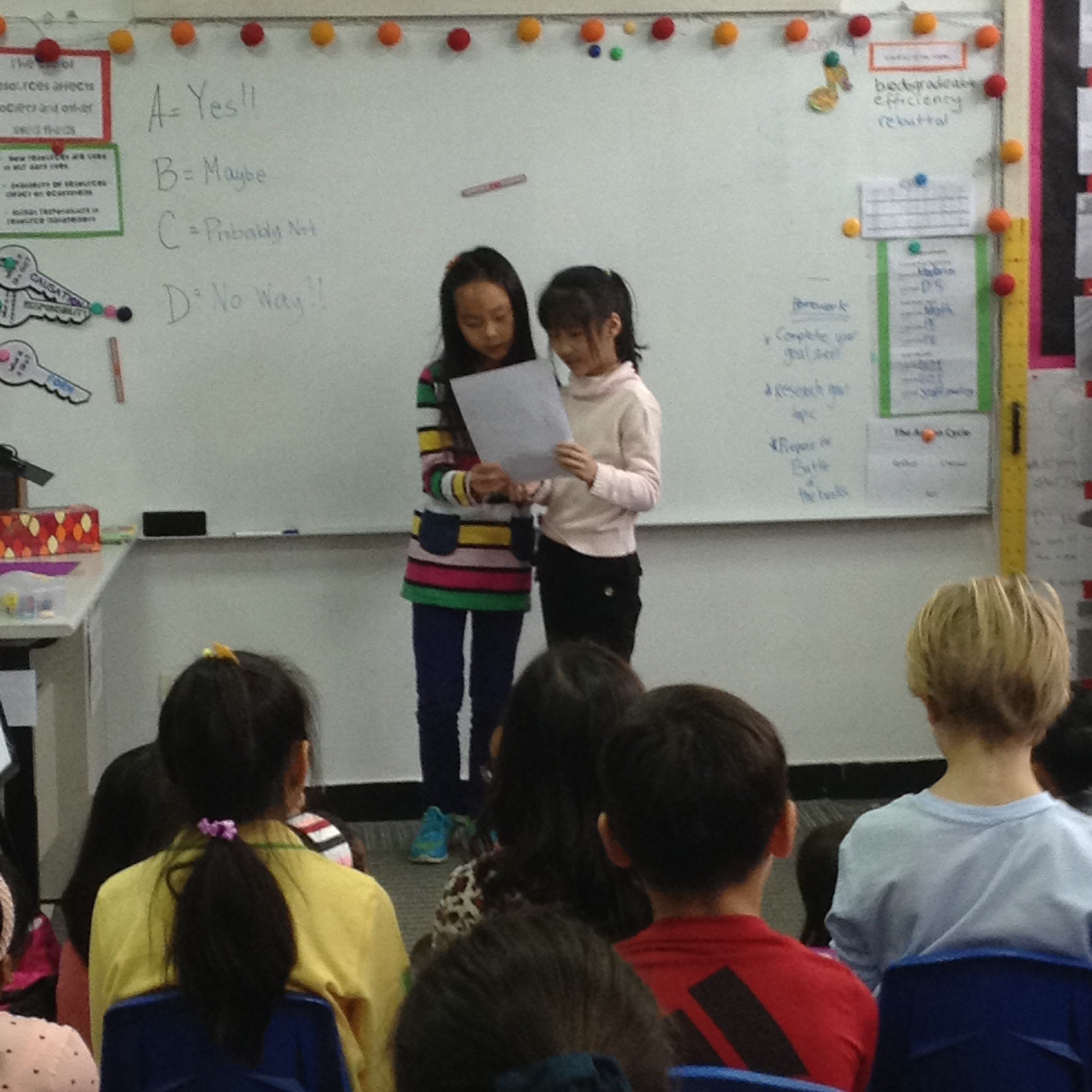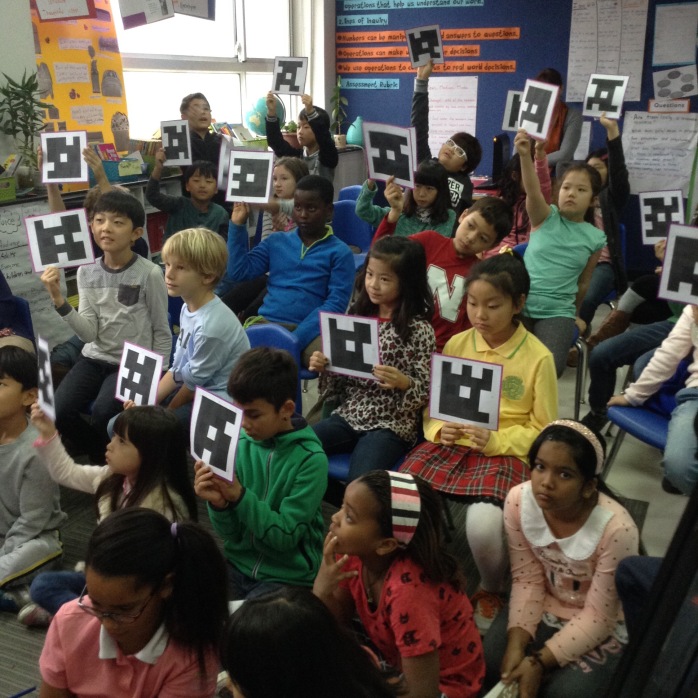Have you ever seen this “picture of practice” on the Visible Thinking webpage: Concept Keys Strategies ?
I remember the first time I saw this Kindergarten teacher demonstrate how she explicitly used concept-based learning in her classroom, I was really in awe and secretly jealous–mostly because her students could articulate ideas in English since my students could barely respond to “hello”. It provoked me and posed a challenge; and like a piece of dirt that got into my oyster shell, by Jove, I was going to make something beautiful out of this irritation!
So began the drive in me to pull off explicitly teaching the key concepts that drive the PYP. As an Early Years teacher, it’s easy to use “play-based learning” as my shield to avoid teacher directed lessons, having a morning meeting/circle time to have teacher-directed lessons. So I decided that I would do a math-literacy integration instead that would develop using the key concepts in our unit. It would be a pseudo stand alone unit and I wanted to scaffold the big understandings, introducing the key concepts in a systematic way.
So I decided to explore this connection as a part of our Where We Are in Place in Time unit which was actually focused on Transportation : Different types of transportation help people move from place to place. The lines of inquiry were as follows:
- Different forms of transportation (form)
- How transportation has changed over time (change)
- Where you live affects the transportation you use (connection)
I focused on shapes as a part of looking at the first line of inquiry (shapes found in different parts of transportation), using those same concepts as the lens in which we could think about shapes. As I thought about it, I couldn’t resist coming up with another Central Idea that I would use to assess their understanding: People can find shapes everywhere and we can become more aware of them in our environment.
As a teacher whose 3-5 year olds are in the pre-emergent English stage, my first thought was about the key vocabulary that they would need to describe shapes, not to mention finding shapes in their environment. Of course the names of shapes are obvious key words, but I also wanted them to know words like line, corner, curved, round, straight, short, long. I had several morning meetings, dedicated to developing their conceptual understandings.
During this time I brought the 3 key concepts for our unit: Form, Change and Connection. I talked about how the Key Concepts unlock our thinking and I “opened” everyone’s brain before we began lessons. The kids loved it! Also, to encourage their language skills, I had sentences starters to help articulate ideas, such as “This is a….” or “I see a…” and “I think that..” I also had the negation of those phrases so there could be some debate, such as “This is not a ….”. I used a “marble jar” to encourage them speaking English (since the go to language in my classroom is Mandarin); I would drop a marble in the big jar every time they used those phrases in their speaking. It was very effective and I found that several students made growth, initiating more conversations in English during playtime and requiring less prompting from me to speak in English.
Sorry, I digress…
We probably spent a week easily on just the key concept Form so I could introduce and develop their language skills. The children were always hunting around looking for these shapes, eager to point them out and intentionally creating them.

“I can try that”

“Look Ms. Judy!:

“This is circle”

“I found a circle”

“This is oval”.
The following weeks we looked at how shapes can change. For example if you “stretch” a square, it becomes a rectangle. I used wooden blocks and popsicle sticks to demonstrate these ideas. During circle time we played “Guess the Change” game, in which I would make a shape and then have them close their eyes while I changed it; students then had to tell me how it changed.
Then I introduced the key concept of Connection. First I used literature to inspire them to think about the connection between shapes and letters. Books like Alphabet City by Johnson and The Turn-Around Upside Down Alphabet Book by Lisa Campbell Earnst were fun favorites of the kids. Later in the week I brought out blocks and popsickle sticks and asked the kids to show me what they know about shapes to make letters. Before I knew it, they were making connections with the key concept of connection and expressing what they knew about letters: “This big B, two circles. Little b, one circle.”
Since play=inquiry in the Early Years, I created many opportunities that allowed them to think about what they learned and show me that they were thinking about the shapes within letters and how we can form them. Some were spontaneous and some were “suggestions”. I also worked diligently on engaging them in questioning (“what if I ….”) and encouraging them to express their ideas in complete sentences.

Playing “patty cake”, and making a letter F–“no circle. yes, straight line-1, 2, 3”
After 2 weeks of this, I introduced a T-chart and Venn Diagram (curved vs. straight lines was my example) activity in which the students sorted the letters based on shapes. It was an assessment, but they didn’t know that. However, because I offered these as a choice rather than an obligation, only some students wanted to do it at first. I used all sorts of materials to inspire them to do the sorting activity and then I did games like “hide and seek letters” to “hide” these letters inside the charts. Oh my goodness, what I wouldn’t do for concrete data! I wish I had pics of this but I was too busy playing with the students to snap any of them.
Well, this was really my first attempt to test if I could go deeper with teaching young students conceptual understandings in a systematic way. I think the kids got a lot out of it and I definitely noticed that more acts of inquiry arose, particularly experimenting with how to draw lines. I’m still in the midst of assessing and reflecting on my approaches to teaching and learning.
What about you- How have you taught the Key Concepts to young learners? Please share in the comments below.





















